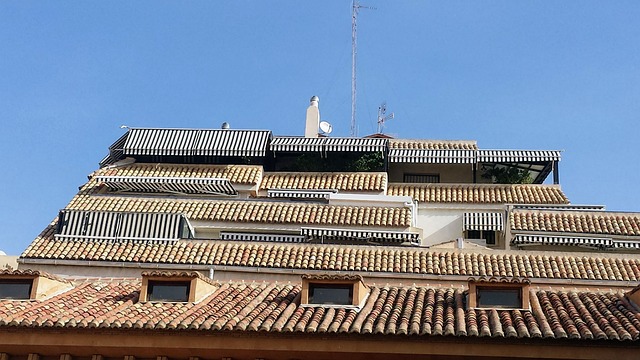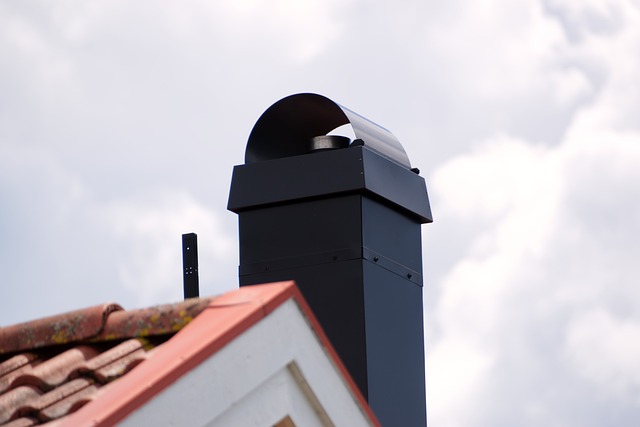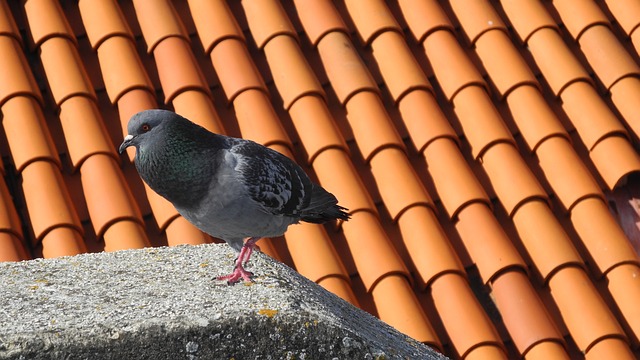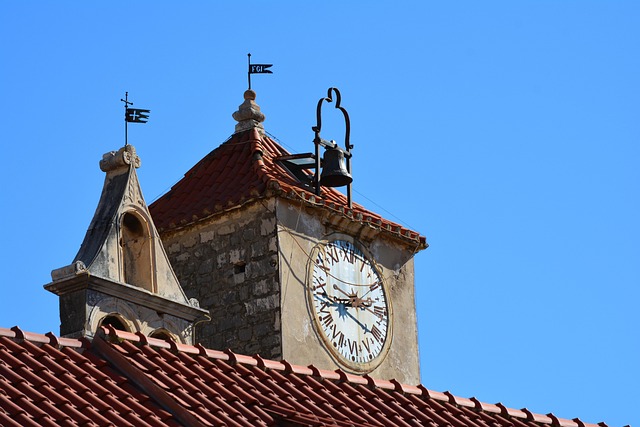In Eugene, Oregon, commercial roofing experts specialize in low-slope and flat roofs, handling hot tar installations and repairs for all climate conditions. They cater to historic and modern buildings, ensuring durability and aesthetics. When hiring a roofer, prioritize experience, industry best practices, quality materials, and comprehensive services. Choose between traditional hot tar roofs or modern flat roofs based on budget, design, climate, and lifespan preferences.
“Discover top-notch commercial roofing solutions in Eugene, Oregon, where local specialists transform bustling business spaces. Our article offers an insightful guide, ‘Understanding Commercial Roofing in Eugene,’ providing a local perspective on this vibrant city’s unique roofing needs. We explore the expertise to look for in a commercial roofer and delve into the world of roofing types, including hot tar and flat roofs. For businesses seeking reliable protection against Oregon’s diverse weather, this is your go-to resource for navigating the world of commercial roofing eugene oregon and beyond.”
- Understanding Commercial Roofing in Eugene, Oregon: A Local Perspective
- The Expertise of Commercial Roofers: What to Look For
- Types of Commercial Roofing: Hot Tar vs Flat Roofs and Beyond
Understanding Commercial Roofing in Eugene, Oregon: A Local Perspective

In Eugene, Oregon, commercial roofing is a specialized field that caters to the unique needs of low-slope or flat roofs on various commercial and industrial buildings. The climate here presents specific challenges for roofing materials, with frequent rainfall and varying temperatures throughout the year. A skilled commercial roofer in Eugene must be well-versed in installing and repairing hot tar roofs, which are a common choice due to their durability and cost-effectiveness.
The city’s local landscape offers a mix of architectural styles, from older structures with traditional roofing materials to modern buildings featuring advanced flat roof systems. Commercial roofing specialists in Eugene Oregon adapt to these diverse needs, ensuring that every roof is designed not just for functionality but also for aesthetic appeal. They employ techniques and technologies that enhance the longevity of roofs while considering local building codes and regulations.
The Expertise of Commercial Roofers: What to Look For

When it comes to commercial roofing in Eugene, Oregon, expertise is paramount. Businesses require robust and reliable roofs that can withstand the demands of commercial spaces, from heavy equipment to constant foot traffic. A skilled commercial roofer understands this and possesses the knowledge to handle a variety of roof types, including hot tar roofs and flat roofs, both of which have their unique challenges and benefits.
Look for roofer specialists who stay updated with industry best practices, use high-quality materials, and offer comprehensive services from initial assessment to maintenance. Experience counts; a commercial roofing specialist should have a proven track record in Eugene’s local market, demonstrating their ability to navigate the region’s climate and environmental conditions.
Types of Commercial Roofing: Hot Tar vs Flat Roofs and Beyond

When it comes to commercial roofing in Eugene, Oregon, understanding the different types of roofs and materials available is essential for business owners. Two prominent options are hot tar roofs and flat roofs, each with its own unique characteristics and benefits.
Hot tar roofs, a traditional choice, involve heating bitumen to create a pliable material that can be poured onto the roof surface. This method ensures excellent water resistance and has been used for decades. On the other hand, flat roofs offer a modern alternative, often utilizing lightweight materials like EPDM (Ethylene Propylene Diene Monomer) or TPO (Thermoplastic Olefin). These materials are durable, flexible, and require less maintenance compared to hot tar roofs. The choice between these options depends on factors such as budget, building design, local climate, and the desired lifespan of the roof.






